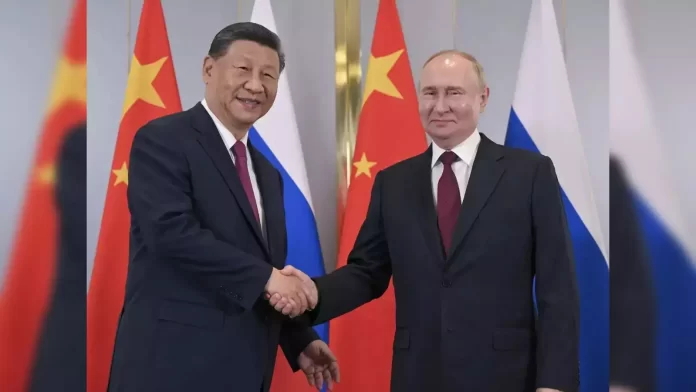A key meeting took place during the East Asia Summit (EAS) in Laos, where Southeast Asian countries, part of the Association of Southeast Asian Nations (ASEAN), tried to finalize a consensus statement.
The Dispute at the East Asia Summit
This draft statement, which addressed several important issues, including the South China Sea, was presented to the 18-nation summit. ASEAN nations made it clear that this draft was a “take-it-or-leave-it” proposal, meaning they were seeking a firm agreement without further changes.
The statement received support from several countries, including the United States, Japan, Australia, South Korea, and India. However, Russia and China refused to endorse the document, halting its progress. This disagreement was mainly over the mention of the South China Sea and how the statement referenced international law, particularly the United Nations Convention on the Law of the Sea (UNCLOS).
Contentious Issues: South China Sea and UNCLOS
The central issue that led to the rejection of the statement by Russia and China revolved around how it referred to UNCLOS, a global agreement that defines nations’ rights and responsibilities in the world’s oceans. ASEAN countries, particularly those with competing claims in the South China Sea, wanted the statement to highlight the importance of UNCLOS as the legal framework for resolving disputes in the region.
China claims almost the entire South China Sea, which has led to tensions with several ASEAN members, including the Philippines. Despite being a signatory to UNCLOS, China does not recognize a 2016 international ruling that invalidated its claims. ASEAN has been negotiating with China for years to establish a code of conduct in the South China Sea, with some members pushing for it to be based on UNCLOS. China, however, maintains that its historical claims over the sea are valid.
The draft statement seen by officials contained additional clauses beyond the approved 2023 EAS statement. These new clauses referred to a 2023 UN resolution, reaffirming UNCLOS as the legal framework for all activities in oceans and seas. This inclusion was one of the sticking points that led to Russia and China’s objections.
Broader Regional Issues
In addition to the South China Sea, the proposed statement also addressed broader security challenges in the region. These included the situation in the Korean Peninsula, Myanmar, Ukraine, and the Middle East. Again, Russia and China did not agree with the language used in these sections, believing the statement was being turned into a “political” document by certain countries.
China’s Premier emphasized during the summit that while China is committed to UNCLOS and supports concluding a code of conduct in the South China Sea, it firmly believes that countries outside the region should not interfere. China asserts that its territorial claims are backed by historical and legal grounds and that regional countries should work together to maintain peace without outside interference.
Russia’s stance in the summit aligned with China’s objections, as they both rejected the proposed language. Russia’s representative stated that certain countries were attempting to shift the statement towards purely political matters, which he argued should not be the case in the summit’s declaration. As a result, no consensus was reached, and the final declaration of the summit was not adopted.
This incident illustrates the ongoing geopolitical tensions in the region, particularly between ASEAN countries and larger powers like China and Russia. While many nations within ASEAN and outside of it are eager to establish clear frameworks for peaceful resolutions in contested areas like the South China Sea, the resistance from major powers continues to complicate these efforts.


